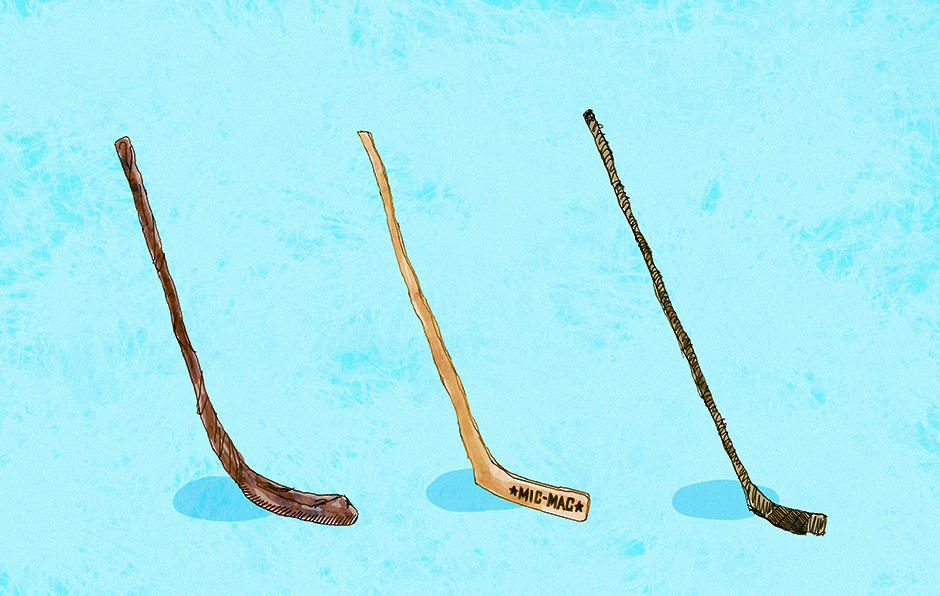The technology of sports equipment has improved significantly over the past decade or two. With older sports such as hockey, the changes between the first pieces of equipment used and what is currently being used and improved upon are drastic.
Let’s take a look at the hockey stick’s evolutionary journey: the oldest known sticks, dating back to the mid-1800s, were made out of hornbeam wood. In the 1920s, ash became the preferred material for hockey stick manufacturing, being very durable but also extremely heavy. These sticks were not curved, and the blade was inserted into a notch in the shaft and glued together.
In 1927, Cy Denneny, from the Ottawa Senators, was the first to “banana blade” or curve his blade, but this did not become popular until the 1960s.
In the 1950s, wood blades were wrapped in fiberglass, and the usage of fiberglass made sticks cheaper, lighter, and more durable.
Quebec’s Sher-Wood and Canadien companies started the revolution of becoming less dependent on wood sticks and more on fiberglass. When they began using lightweight aspen wood reinforced with fiberglass.
By the 1980s, aluminum sticks were being made. In 1981, they were made legal in the NHL.
The aluminum sticks were even more durable and lightweight than their wood and fiberglass counterparts, and blades were separate from the shaft, making replacements easy and reducing cost.
The 1990s brought another revolutionary change to the hockey stick, by introducing carbon fiber as the main material. These sticks allowed players to adjust their own blade, however, they were not very cost effective.
In 1995, the first composite blade was introduced, and today it is this very stick that dominates the game.
Composite sticks are crafted from a multitude of different materials making them light and flexible, but they are known to break easily, which is why NHL players go through many per season.
While there are still elements of the stick that can be improved, all of the recent developments indicate a light and durable stick being created in the very near future.


